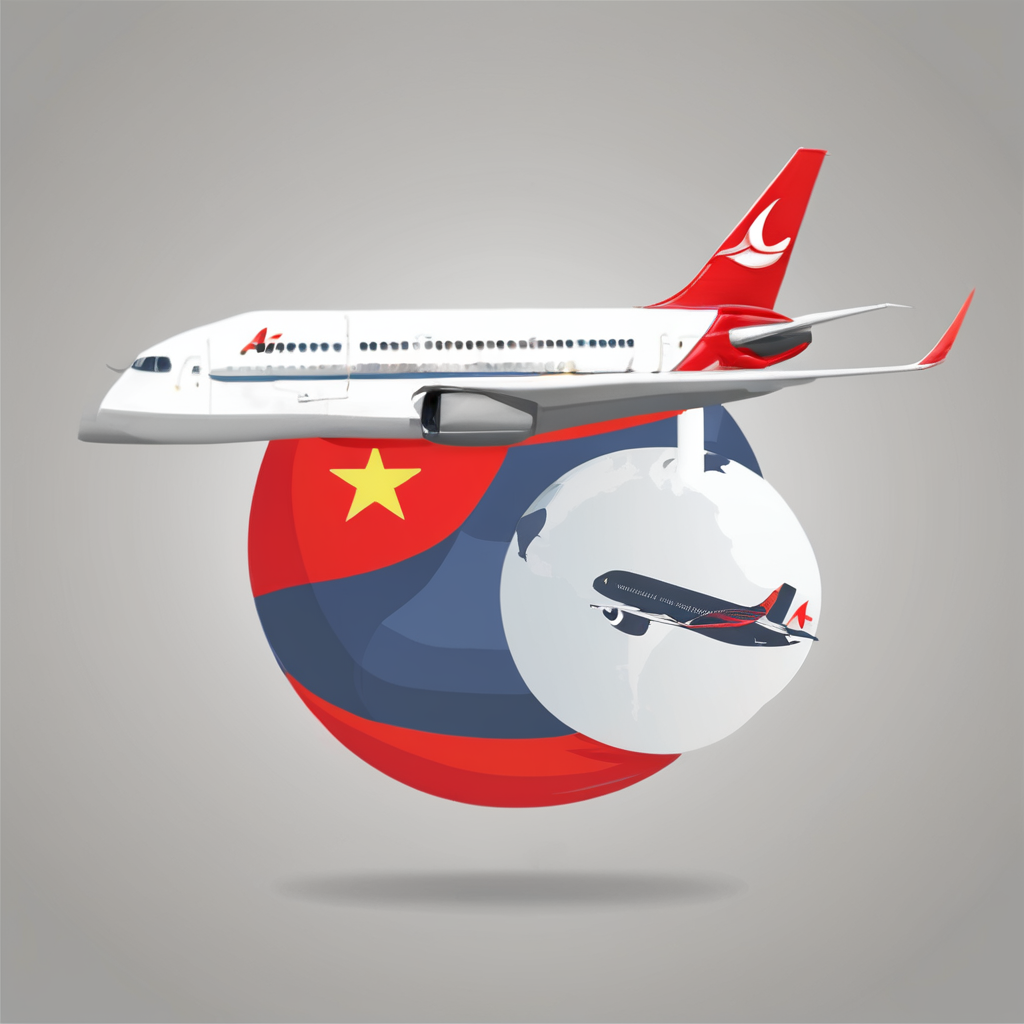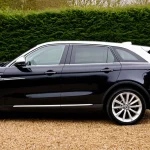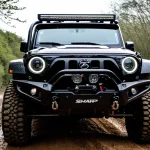Understanding Minivan Seat Configurations and Side Impact Risks
Exploring how minivan seat layouts impact child safety in side collisions
Minivan seat layouts typically come in 7- and 8-passenger configurations, affecting how passengers are exposed to side impact crash risks. The usual setup includes two front seats, a middle row with two or three seats, and a third row accommodating three passengers. In the 7-passenger layout, the middle row often has captain’s chairs, reducing seating to two, whereas the 8-passenger layout fits three across.
Topic to read : Definitive handbook for caring for your car’s headliner: proven strategies to clean and maintain your roof without sagging
Seat placement significantly influences side impact crash risks. Passengers in outer seats, especially in the middle and third rows, are more vulnerable during a side collision. The positioning near doors and reduced structural barriers increase exposure to impact forces. In contrast, passengers seated in the middle of a row benefit from an added buffer from side impacts, offering comparatively better protection.
Several factors determine the level of risk associated with seating positions in minivans. These include the vehicle’s side door construction, presence of side airbags, and reinforced side panels. Additionally, the proper installation of child safety car seating can mitigate risks by securely anchoring the child and ensuring the seat absorbs impact energy effectively. Choosing a seat layout that allows the child to be positioned away from the outer edges can be a critical consideration for enhancing safety.
Topic to read : Essential guide to safely installing a bull bar on your off-road vehicle: top tips and expert practices
Understanding how various minivan seat layouts relate to exposure during side impacts empowers caregivers to make informed decisions about child safety car seating placement. Prioritizing seats in more protected locations and ensuring proper use of child restraints can notably reduce injury potential in side collisions.
Safest Car Seat Placement in a Minivan
When considering the best car seat position in a minivan, research consistently highlights the center seat as the safest spot. This is primarily because it maximizes distance from the doors, reducing the risk of injury during side impacts. Car seat safety research shows that children seated in the center experience fewer injuries in side collisions compared to those placed in outboard positions.
Structural reinforcements play a crucial role in side impact protection for minivans, yet the extent of protection can vary between models. While outboard seats may benefit from side airbags and reinforced door panels, the center seat often has additional structural barriers separating it from the outer edges of the vehicle, offering a physical buffer zone. This extra distance, combined with these reinforcements, generally results in improved safety outcomes.
Real-world crash data reinforce this conclusion. Studies of side impact crashes show that occupants in the center seat are less likely to suffer serious injuries due to both the physical distance from the impact zone and the minivan’s engineering focusing on safety reinforcements around critical seating areas. Lab-tested outcomes echo these findings, confirming that the center position provides superior protection in side crash scenarios.
In summary, placing a car seat in the center of a minivan is consistently supported by car seat safety research for minimizing injury risk from side impacts. While outboard seats have protections like side impact airbags, the combined effect of distance and reinforced structure in the center seat makes it the best car seat position for safety.
Expert Recommendations for Car Seat Installation
When installing car seats in minivans, following NHTSA car seat guidance and the AAP safe seating recommendations is crucial for maximizing child safety. The NHTSA emphasizes placing car seats in the back row, preferably in the center seat, as this position offers the best protection in most crash scenarios. However, in many minivan models, the center seat configuration can vary, sometimes lacking a full seatbelt or LATCH anchors, which affects installation options.
The AAP safe seating advice further aligns with NHTSA guidance but highlights the importance of rear-facing seats for infants and toddlers, recommending they remain rear-facing as long as possible. This is supported by evidence-based child safety advice showing that rear-facing seats better protect delicate neck and spinal structures during a collision.
When dealing with multiple seats or mixed age groups within a single minivan, experts recommend careful planning to ensure each child’s car seat fits securely and correctly. Larger minivans often feature adjustable or removable seats to accommodate varied seat combinations. It’s vital to consult both the vehicle’s manual and car seat instructions to balance safety and practicality. For example, placing a rear-facing infant seat in one side position and a forward-facing seat in another, while using booster seats in additional seats, complies with NHTSA car seat guidance on mixed seating arrangements.
Matching these guidelines to common minivan models, such as the Honda Odyssey or Toyota Sienna, often reveals significant differences in seat anchor locations and space between seats. Therefore, adhering to expert recommendations and tailoring installations to your specific minivan model ensures optimal safety. Utilizing NHTSA resources and AAP guidance alongside practical hands-on testing will help parents confidently secure their children, regardless of seat type or vehicle layout.
Practical Tips for Enhancing Car Seat Safety
Ensuring minivan child seat installation is done correctly is critical for your child’s protection. Start by choosing the right seat compatible with your minivan’s design. Position the seat in the back row, typically in the center or at least away from active airbags. Follow manufacturer instructions to secure the base tightly using the vehicle’s LATCH system or seat belt. The seat should not move more than one inch side to side or front to back once installed; this tight installation minimizes risk during a collision.
Using a secure harness is equally important. Adjust the harness straps to fit snugly against your child’s chest without slack while ensuring the chest clip is positioned at armpit level. These simple steps prevent excessive movement in a crash and contribute significantly to side impact safety.
To enhance side impact protection further, pay attention to the angle of the car seat. A properly reclined angle keeps the child’s head from falling forward and maintains airway safety. Additionally, use tethers if available; these anchor points reduce forward movement in a crash and add an extra layer of protection against side impacts.
For peace of mind, utilize resources like certified car seat inspection stations or detailed instructional diagrams supplied by manufacturers. These tools help verify your installation and provide personalized advice on optimizing safety. Regular checks and adjustments, especially as your child grows, ensure the seat remains securely fitted and effective.
By applying these practical steps, you can significantly improve your child’s safety during every ride.
Considerations by Minivan Model and Car Seat Type
Understanding how car seat placement varies with minivan models and seat types
Different minivan models offer unique configurations affecting model-specific car seat placement. For instance, the Honda Odyssey is renowned for its versatile seating options, including built-in LATCH anchors in the second and third rows that support both convertible and booster seats. The Toyota Sienna provides similar flexibility but often includes additional safety features like integrated seatbelt systems, enhancing customizable minivan safety. Chrysler Pacifica stands out with its Stow ’n Go seating, allowing easier installation and removal of car seats but requiring meticulous attention to securing both rear-facing and forward-facing seats properly.
When considering rear-facing, forward-facing, and booster seat placements, rear-facing seats must be installed in the back seat, ideally in the middle position to maximize protection. Forward-facing seats follow, positioned typically behind the front passenger or driver seats, depending on the vehicle’s anchoring system. Booster seats require careful alignment with seat belts, often best installed in outboard seats where shoulder belts are accessible. Each seat type mandates adherence to the vehicle’s specific anchorage points and seatbelt geometry for optimal safety.
Customizing safety strategies is essential for families juggling multiple children in different age groups. By understanding model-specific car seat placement, parents can plan seating arrangements that safely accommodate infant rear-facing seats alongside forward-facing and booster seats. Additionally, many modern minivans allow for reconfiguring seats to create space and improve access for adjustments, highlighting the importance of customizable minivan safety features tailored to dynamic family needs.


